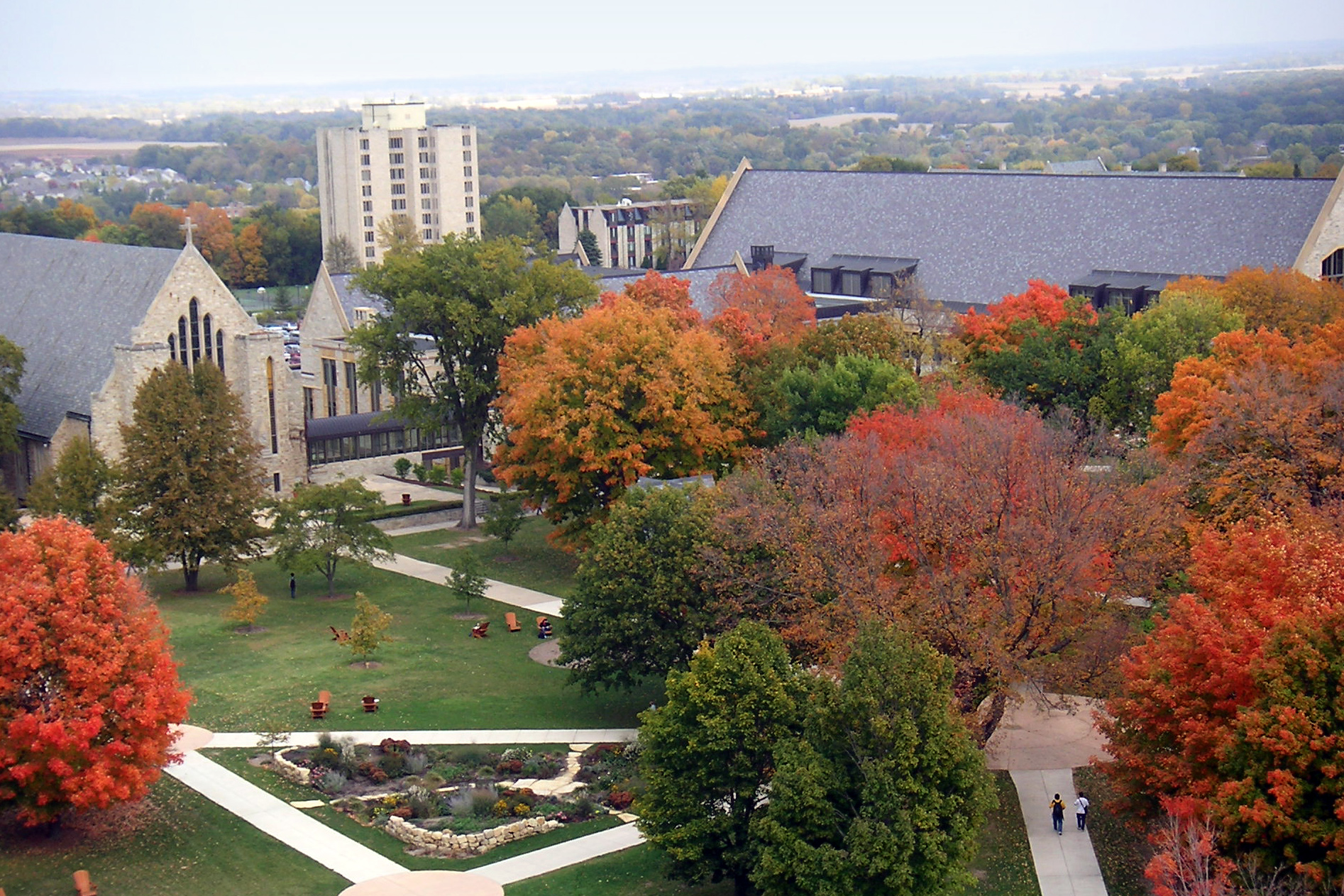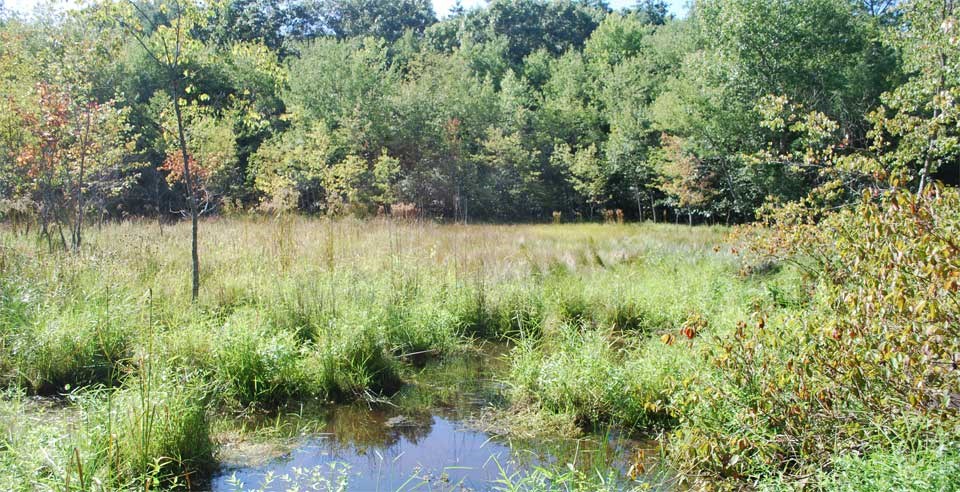Environmental & Science Education
STEM
Edward Hessler
Field Naturalists and Ecologists
In a beautifully written textbook on ecology, one that placed ecological concepts in a historical context — hard to believe it was first published some 40 years ago, the late
Paul Colinvaux commented on a distinction between being out in the field studying plants and animals as a naturalist and being out in the field as an ecologist.
"
It is common English usage to talk of larks; of singing like a lark, being happy as a lark, or larking about; an this usage comes from poetic musings about the habits of the North European skylark, Alauda arvensis. In the early summer skylarks trill beautifully, high in the sky over meadows and wheat fields. They start from the ground with a swiftly rising, fluttering flight, singing the while, and climbing up and up until they almost vanish against the blue, then they stop singing and plummet down to earth before repeating the whole performance. You may lie on your back in the sun for hours lulled by this pleasant serenade. Many poets have done so, and for many centuries. Some came to know the birds well, to sense on what days the larks sang, to know where to find larks, to see their nests and eggs and, in short, to be good field naturalists. And yet, for centuries there was no attempt to look at the lark's beautiful performance with the eye of reason, to realize that here was something odd that required explanation, and to ask the question: 'Why does the skylark behave in this fetching but peculiar manner?' When that question is asked, the field study of the skylark becomes ecology. But reflect on the myriads who have watched skylarks without asking that questions; naturalists all, but ecologists none."
Problem Posing
Colinvaux's comment on the difference between ecologist and naturalist leads me to recommend a blog,
Nature Puzzles: Of Forests, Fields, Ponds and Geology. Here, a keen observer of the natural world,
Bob Bystrom, describes an occurrence in the natural world that challenge us to consider the mostly "W" questions. What? Where? When? How? and Why?
These puzzles can stimulate us to create our own explanations as well as consider how we might investigate the puzzle to provide evidence — a tentative explanation, for the phenomenon.
Problem Solving by 8th Grade Ecologists
One of Bystrom's posts reminded me of an assignment two teachers gave to their 8th students. It was a study about correlations between biological and physical variables in the environment. Their intent was to provide an experience that was close to the way scientist's work as well as to shift instruction from a teacher- to a student-centered course.
The studies from which I've extracted information had a larger educational research purpose than I discuss. It was to better understand the learning of students in their classrooms. The citations are provided below
The unit I focus on was ten weeks in length (late March to beginning of June). The class met three times a week but there were interruptions because of school assemblies and long week-ends/field trips scheduled by other teachers of other subjects.
During these ten weeks students classified the school's 50-acre campus and studied the ecological relationships within a small area which they referred to as an ecozone. Resources made available to students included equipment quite likely to be found in a general science classroom, field guides and a resource file with articles on methodological suggestions and general background information.
The intent was to have students develop a basic understanding of the complexity of biological systems and how they change, the interrelationships between the biotic/abiotic parts of an ecosystem, to formulate and investigate
their own research problems, and to analyze and report on their findings to the teachers and to their peers. In addition, there was an emphasis on quantifying the work, e.g., tables, graphs, averages.
During a typical 60-minute period, each student team would discuss their focus question with the teacher, sign-out equipment, collect data, sign-in equipment and upon return to discuss what they had done with the teacher(s). While in the field, the teacher visited each group to discuss data recording/analysis, ask questions. The student's questions, data, background notes and new terms, results and claims were recorded in
a field notebook.
Ample feedback was given throughout in both the classroom and when outdoors. It is important to note that these activities occurred over time, e.g., data gathering regarding a question might be given two full periods and so on. Periods were scheduled for student teams to share their findings with others. Four formal field reports were required.
At the end of each field investigation, the analysis and interpretation of the data let students to generate explanations, hypotheses and new questions. From these, the students selected a focus question for their next field experiment.
Here is an example.
Two students noticed that moisture levels were less at the top of the slope and higher at the bottom. They also found an area that was particularly moist not at the bottom of the slope. They noted it had more ground cover and they thought that evaporated water might condense on leaves and stems later falling back to the ground. The students speculated about other causes such as soil, exposure to wind, etc. The students hypothesized a dependence of moisture level on ground cover, soil composition, and evaporation rates.
From this beginning these kinds of focus questions followed:
—Is there a relation on our slope between soil moisture and the air temprature?
—What relation is there between soil porosity, texture, compounds, and color in our area and the soil moisture?
—What is the relation between percent soil moisture and organic content in three different parts of our area?
What is visible as one reads the studies is the development of a generative research program that becomes more and more focused. The studies varied from group-to-group, e.g., investigation of growth (over time, as a function of location, effect of soil and weather variables), plant life cycles, living conditions, growth patterns, etcetera. There was an emphasis throughout on the role of
persuasion in science, e.g., convincing arguments supported by evidence such as maps, lists, tables, totals, means, graphs and when possible, equations.
How is this kind of learning assessed? A problem students were posed at the end of the unit as part of the overall assessment provides an idea.
You are in a forest ecozone with square boundaries which has a cut grass field along one edge. Discuss the methodology you would follow to determine the relationship between soil moisture, number of species of insects, insect population density, and average dandelion height as they might possibly be affected by nearness to the field. Use diagrams if that will help. Make sure that all sampling is done correctly and that all equipment and techniques are properly named and explained. Demonstrate HOW you would illustrate numeric relationships you find (e.g., insect density & nearness to field).
The work of the students show a way into the problem found in Bystrom's blog. However, because it was limited to a relatively short period of time no conclusions were (or could be) reached. A sentence from a discussion with two students, one of whom argued for a favorite trend line and another who preferred multiple hypotheses (three trend lines), summarizes the complexity of what first appears as a simple field situation. "And from this amount of data, you really can't conclude about what's going on."
Data! Many times in science more data are is needed, more than one first thinks necessary. And collecting takes time as well as an ambitious research program.
Thanks to:
Roth, W-M & Roychoudhury. (1993). The development of science process skills in authentic contexts.
Journal of Research in Science Teaching. 30(2), 127-152.
Roth, W-M & Bowen, G. M. (1994) Mathematization of experience in a grade 8 open-inquiry environment: An introduction to the representational practices of science.
Journal of Research in Science Teaching. 31(3), 293-318.


 CGEE Student Voice
CGEE Student Voice














